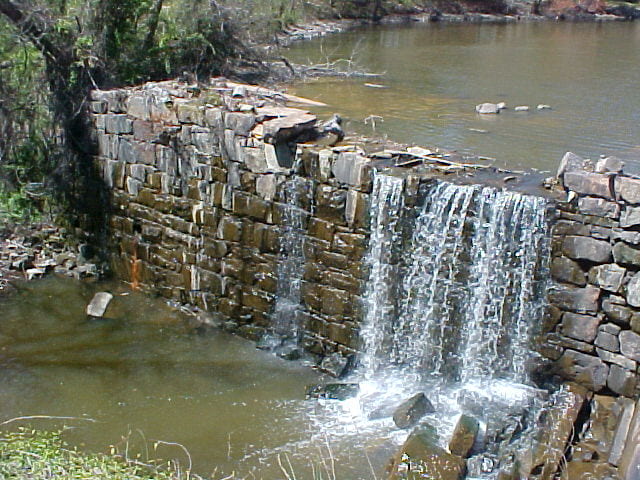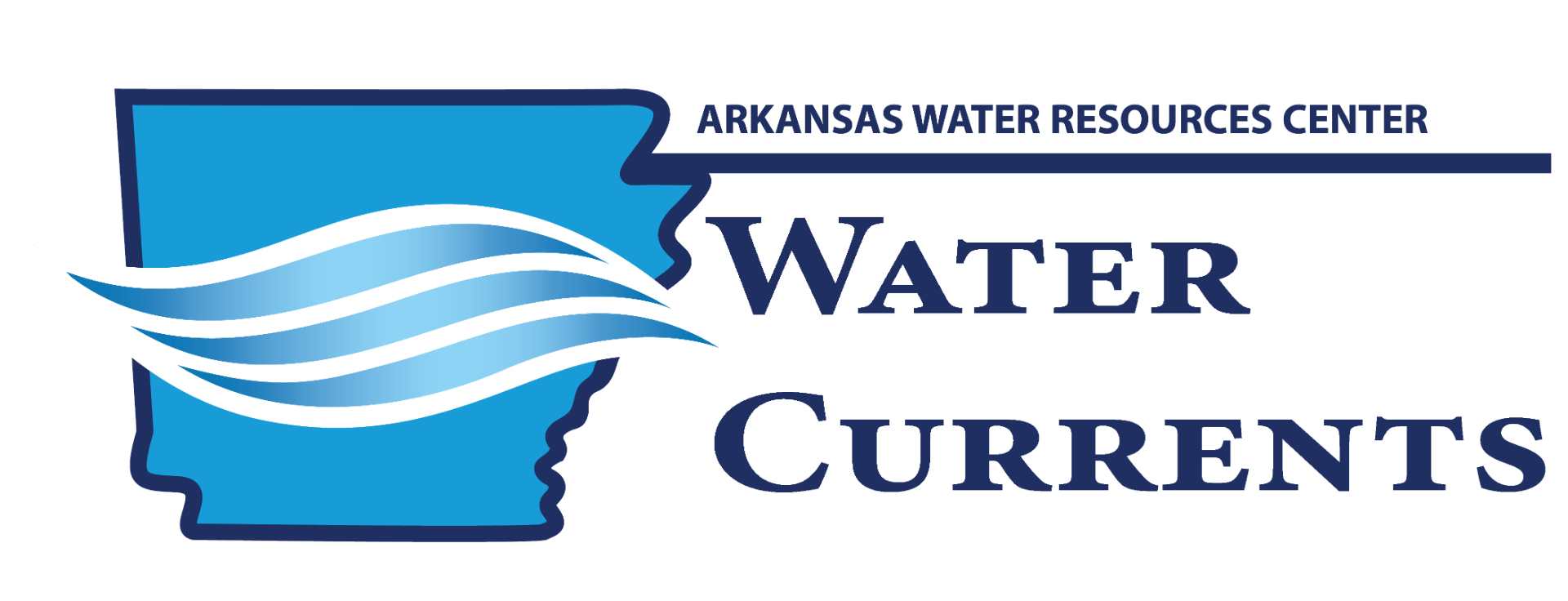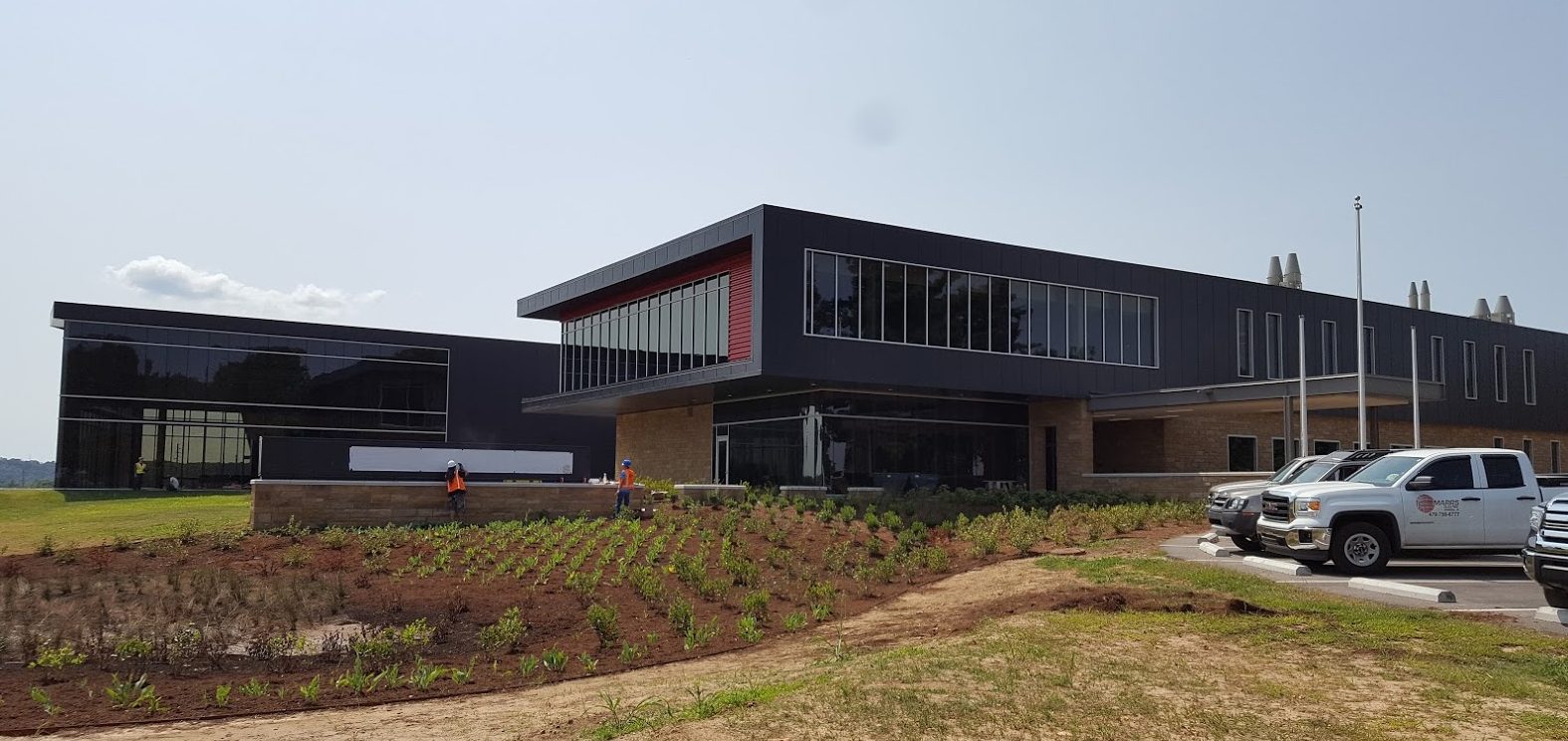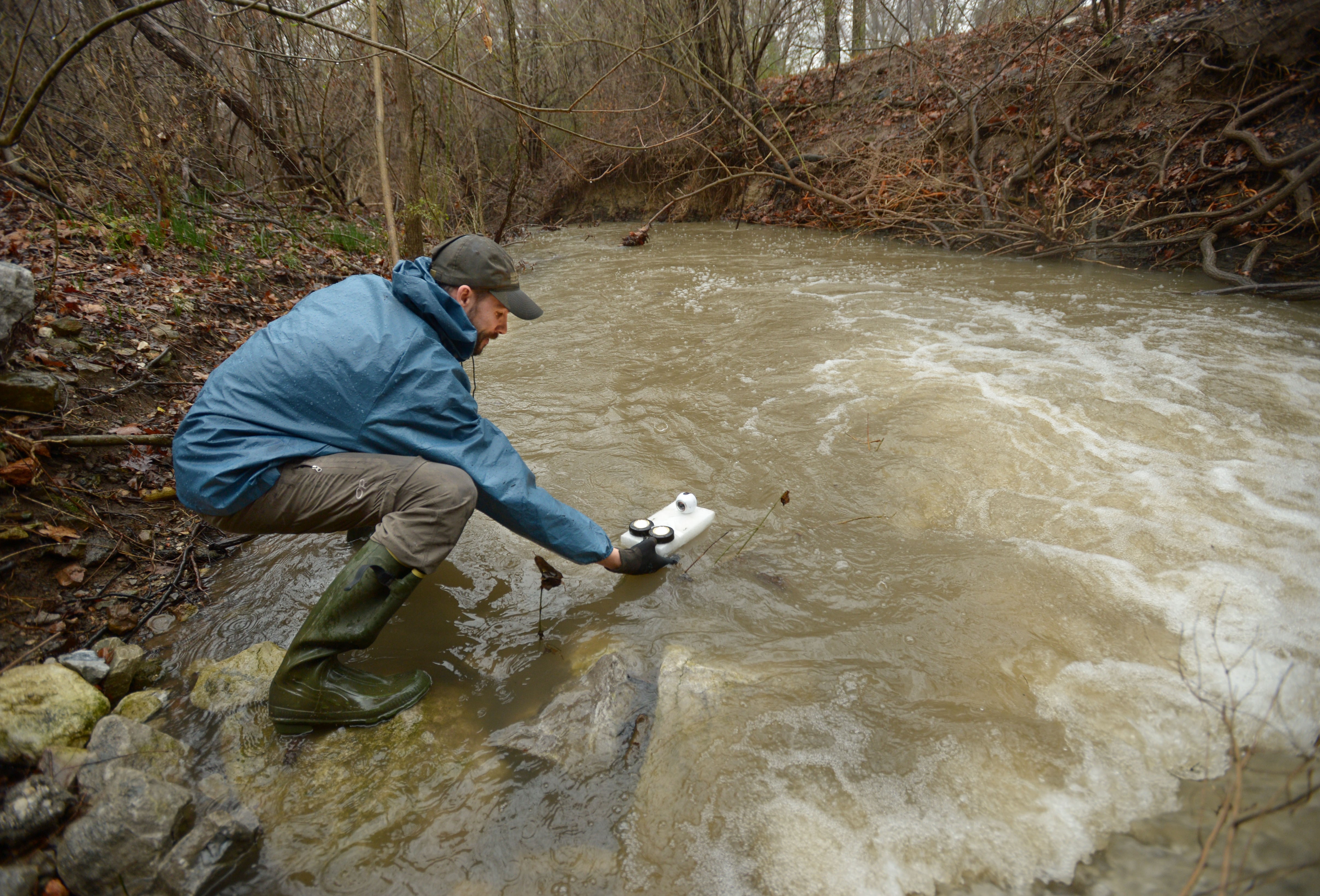
Group Works to Restore Streams to their Natural State

There are currently over 9,000 known dams and road-related barriers altering the flow of streams and rivers in Arkansas. These were initially installed to improve river crossings, generate power, and store water, but many no longer serve their intended purpose and in many cases they may be removed to improve the aquatic ecosystem and public safety.
The Southeast Aquatic Resource Partnership (SARP) is working with the Arkansas Stream Heritage Partnership (ASHP), to restore stream connectivity, habitat, and ecological function of Arkansas streams. Currently led by Darrell Bowman, Assistant Chief of the Fisheries division with Arkansas Game and Fish Commission, the ASHP is comprised of over 50 members from both state and federal agencies, non-government organizations, and private corporations.
Darrell says that “the goal of each barrier removal is first and foremost human safety. The recirculating current (hydraulic) on the downstream side of low-head dams and slab crossings is referred to as the drowning machine,” he added. But each barrier removal has the added benefit of improving recreation in the form of paddling, fishing, and outdoor aesthetics, which improves tourism. Additionally, removals restore aquatic habitats which have multiple benefits to aquatic organisms and ecosystem functions.
Barrier removal in Arkansas is opportunistic, as no dam removals occur without a willing owner. Projects generally arise from dams that are inoperable, obsolete, or in disrepair where maintenance or replacement options are more expensive than removal. The ASHP stream connectivity team works with SARP to prioritize barrier removal projects, based on how many miles of stream become connected and what species are helped.
Barrier removals are logistically and financially complex. The team considers many aspects of removal during prioritization and planning, which include:
- Determining how each project will be paid for.
- Acquiring state and federal permits.
- What methods will be used for the removal?
- Where to dispose of the material removed (i.e. chunks of concrete and rebar).
- Restoring the stream channel following a natural channel design.
- What best management practices will be implemented during the removal to protect water quality?
It is also important to evaluate water quality – including chemistry, plants, animals, and habitat – before, during, and after the removal to understand the effect that it has on the ecosystem.
When asked how barrier removal projects are funded, Darrell replied “There is no single funding mechanism at the state or federal level to cover the full cost of barrier removal and ultimately the financial burden belongs to the owner. However, the ASHP plays a central role in acquiring funding sources and matching resources through partnerships to help defer the cost to the owner”.
Currently, the ASHP has 13 projects dealing with 19 barriers in various stages of planning, one of which is the Mine Creek Dam near the confluence with the Cossatot River. This project is being led by Mitzi Cole, a biologist with the Quachita National Forest. If everything goes to plan, this project is expected to be completed before the end of 2019.















